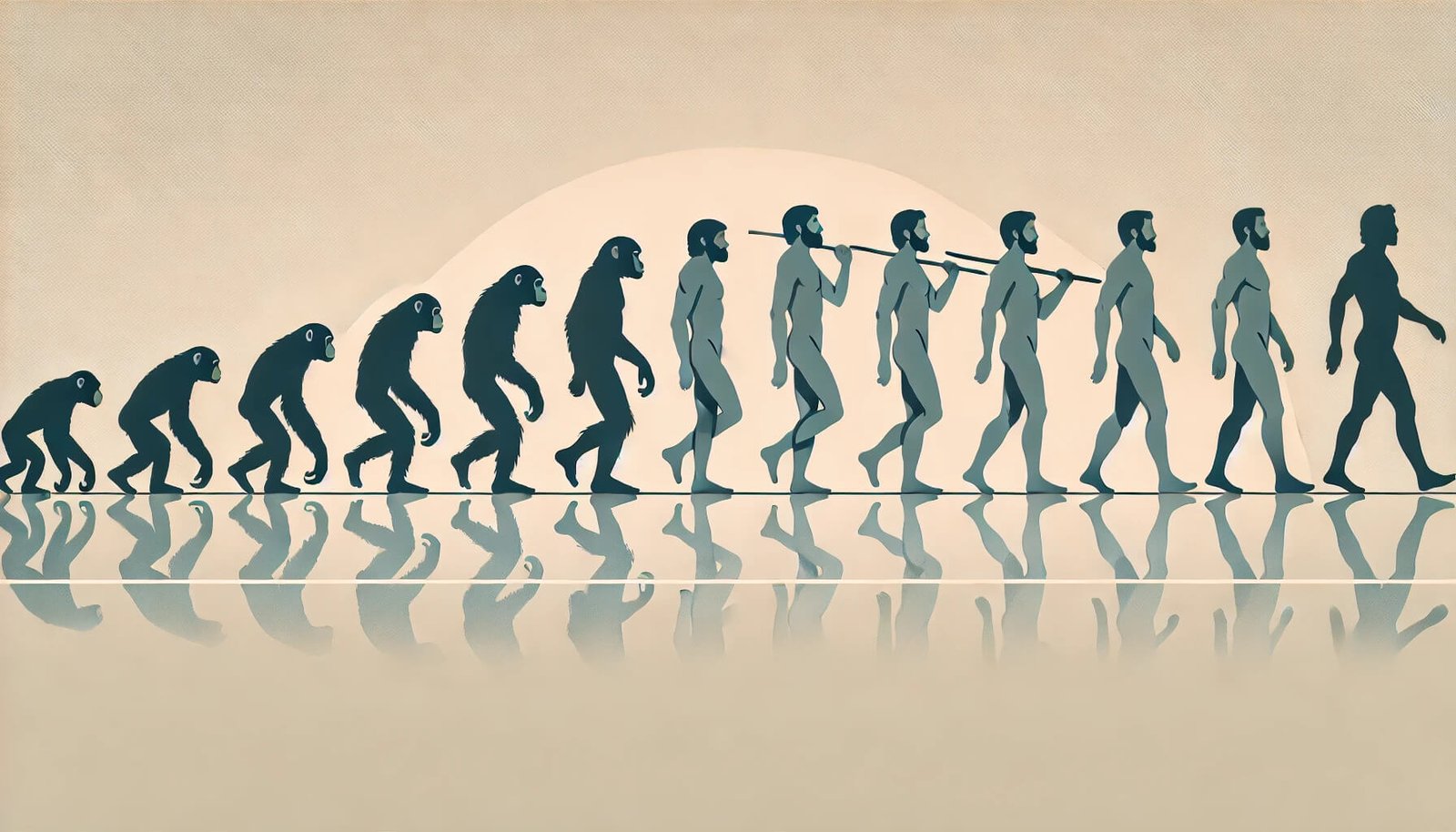
Unveiling Our Inner Ape: Jared Diamond’s ‘The Third Chimpanzee’ Redefines Human Nature
Introduction
Jared Diamond’s groundbreaking book, The Third Chimpanzee: The Evolution and Future of the Human Animal, offers a transformative perspective on humanity’s place in the natural world. As a Pulitzer Prize-winning author, Diamond challenges us to recognize that humans are, at our core, another species of chimpanzee. Through evolutionary science, he unravels the deep connections between our past, present, and future, urging us to confront both our achievements and our flaws.
What Does It Mean to Be “The Third Chimpanzee”?
Diamond’s central thesis is provocative yet scientifically robust: humans belong to the same genetic family as common chimpanzees and bonobos. This is no metaphor—it’s grounded in hard evidence.
- Shared DNA: Humans share an astounding 98.4% of our genetic makeup with chimpanzees.
- Behavioral Parallels: Our abilities in language, art, and agriculture stem from our primate roots.
- Genetic Evidence: Modern research confirms the close evolutionary link between humans and other apes.
“We are undeniably the third species of chimpanzee, after common chimpanzees and bonobos.” – Jared Diamond
The Evolutionary Journey: From Forests to Civilizations
To understand Diamond’s argument, we must trace the milestones in human evolution:
- 8+ million years ago: Humans and chimpanzees share a common ancestor.
- 7 million years ago: Climate shifts lead to the divergence of evolutionary paths.
- 4 million years ago: Early humans begin walking upright.
- 2 million years ago: Tool use marks the beginning of the Stone Age.
- 500,000 years ago: Homo sapiens (anatomically modern humans) emerge.
- 40,000 years ago: Behaviorally modern humans (Cro-Magnons) develop complex tools, language, and art.
Each step in this journey reflects our growing capacity to manipulate the environment and innovate. However, these abilities come with both benefits and costs.
Tools and Language: The Engines of Human Progress
Advanced Tool-Making
Cro-Magnons excelled in creating sophisticated tools like fishing nets, bows, and boats. These innovations enabled humans to:
- Expand into new territories.
- Increase food security and efficiency.
- Dominate other species and ecosystems.
The Evolution of Language
Diamond emphasizes that language evolved in two stages:
- Vocabulary: Similar to vervet monkeys’ predator calls, early humans developed basic words for communication.
- Grammar: Humans uniquely mastered grammatical rules, allowing for abstract thinking and storytelling.
Fascinatingly, the consistent grammar in creole languages worldwide suggests that language is biologically ingrained in us.
Art: A Universal Trait
Art is often viewed as uniquely human, but Diamond argues otherwise. Animals, too, exhibit creative expression:
- Birds compose intricate songs.
- Peacocks perform elaborate dances.
- Bowerbirds build ornate nests.
- Some primates create abstract paintings.
In both humans and animals, art serves practical purposes:
- Attracting mates: Displays of creativity signal fitness.
- Social status: Artistic skill enhances reputation.
- Cultural cohesion: Art strengthens group identity.
The key difference is that humans, thanks to surplus resources, have more time to pursue art for leisure and cultural enrichment.
Agriculture: Civilization’s Double-Edged Sword
Agriculture, a hallmark of human civilization, emerged only 10,000 years ago—a blink in evolutionary terms. Diamond challenges the notion that it was purely a positive development:
- Health Decline: Early agricultural societies often suffered from malnutrition and disease.
- Population Growth: Concentrated populations led to resource strain and conflict.
- Environmental Impact: Farming accelerated deforestation and biodiversity loss.
Rather than marking a break from our primate roots, agriculture reveals our ability to manipulate nature on an unprecedented scale—often with unintended consequences.
Confronting the Dark Side of Human Nature
Diamond doesn’t shy away from exploring humanity’s darker traits, many of which we share with our primate relatives:
- Violence: Large-scale conflict and even genocide have accompanied human expansion.
- Environmental Destruction: Overhunting, habitat destruction, and pollution have driven countless species to extinction.
These behaviors are amplified versions of traits seen in chimpanzees, highlighting our biological inheritance.
Looking Ahead: Can We Rise Above Our Nature?
Despite the sobering insights, Diamond believes we have the potential to address the ecological crises we’ve created. By understanding our evolutionary past, we can make informed decisions about the future.
The question is: will we use our unique abilities to transcend our limitations and build a sustainable world?
Key Takeaways from The Third Chimpanzee
- Human Exceptionalism Is a Myth: We share deep biological and behavioral connections with our primate relatives.
- Innovation Comes with Risks: Advances in agriculture, language, and art have both propelled and endangered us.
- Our Actions Shape the Future: Recognizing our evolutionary roots can help us confront modern challenges like climate change and biodiversity loss.
Conclusion: More Than Just a Chimpanzee?
The Third Chimpanzee challenges us to rethink humanity’s place in the natural world. Despite our technological achievements, we remain deeply connected to our primate ancestry. As we face global challenges, Diamond’s work serves as both a warning and an inspiration.
Will we rise to the occasion and prove that we are more than just the third chimpanzee? The future depends on it.


